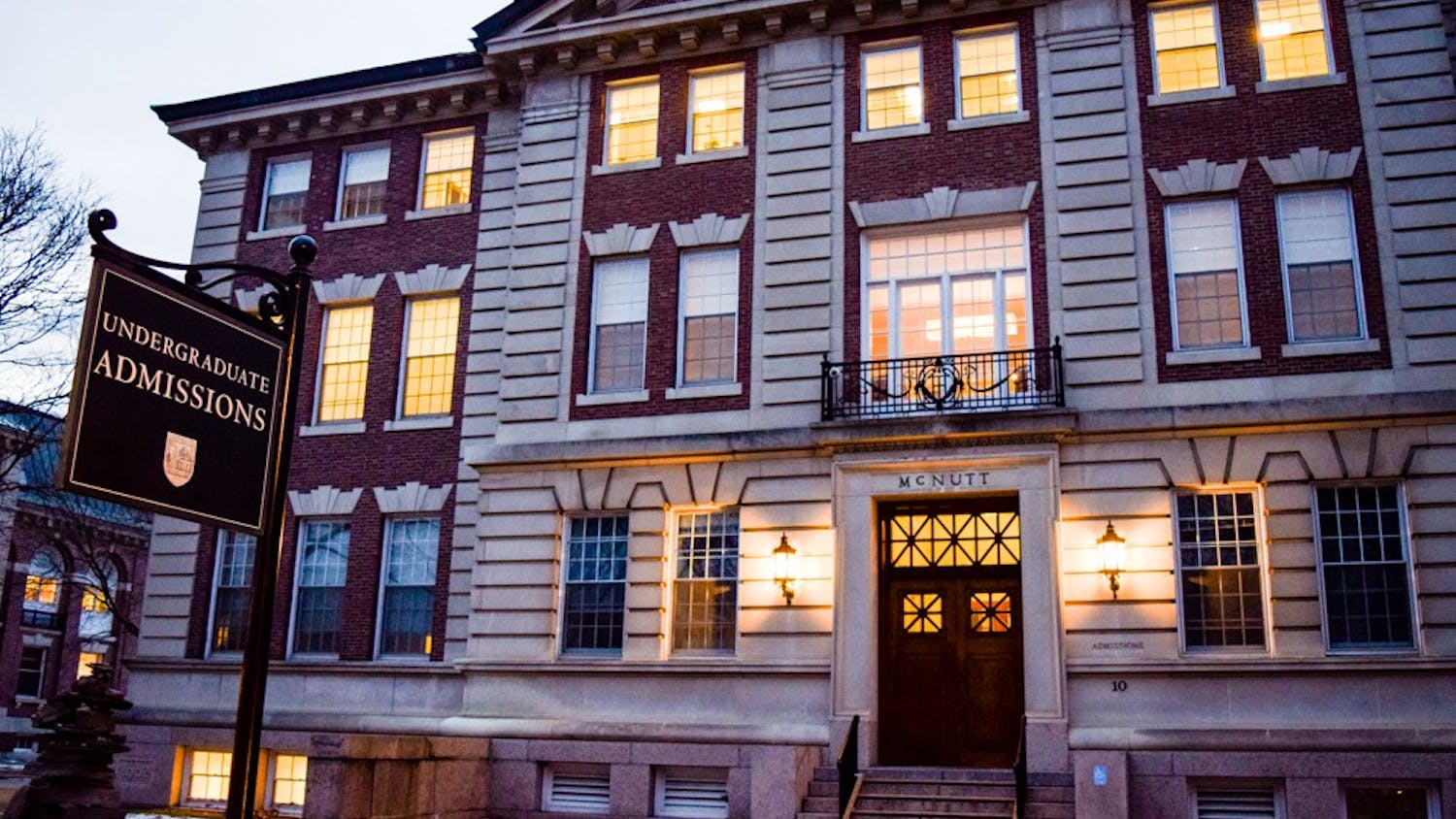Dartmouth ranked low among peer institutions in a Chronicle of Higher Education study of colleges that are most “generous” to its financially neediest students. The rankings, which were released on Jan. 26 using United States Department of Education data from 2017 to 2018, placed Dartmouth at 55 on the list, making it the only Ivy League school not included in the top 50.
The study strictly analyzed four-year private nonprofit colleges in the U.S. with at least 300 undergraduate students that participated in the Title IV federal-aid programs.
Duke University topped the list, with an average net price of -$3,260 for students of families with incomes of less than $30,000. Duke’s high ranking can be attributed to its policy that no parental contribution or loans are expected from students of families with annual incomes less than $40,000. The second and third colleges ranked on the list are Washington and Lee University and Stanford University, with contributions of $706 and $1,226 for families with annual incomes less than $30,000.
Dartmouth offers an average net price of $13,837 for students from families with incomes of $0 to $30,000. Harvard University is the highest Ivy League institution on the list, coming in fifth with an average net price of $2,382 for students from families with less than $30,000 annual income.
According to financial aid director Dino Koff, many of Dartmouth’s low income students receive outside scholarships or Veterans Affairs compensation, both of which were not reflected in the data reported to the Integrated Postsecondary Education Data System — the database that the Chronicle of Higher Education used in its analysis.
According to Phil Asbury, the director of financial aid at Northwestern University — which scored 75th in the rankings — defining the income of families at larger institutions can be a difficult task. Income can be reported in a number of ways and can also encompass a number of sources; for example, many families show little-to-no income on their federal tax return but have a wealth of assets and steady income flow.
“That said, at Northwestern, we realized that some of our data had been mischaracterized with certain net price calculations associated with incorrect categories of income,” Asbury wrote in an email statement. “We are in the process of correcting the baseline data from which the report was written.”
Koff said in an interview that a multitude of factors can be used to subjectively portray data.
“I think there are always different lenses to look at the data, and clearly every school is reporting things differently,” Koff said. “We have been reporting, from what I understand, for years this way. When we look at the net price in different income groups — which we do all the time — we’re very comfortable with how we’re doing with our low income population.”
Koff said that when the millions of dollars brought in by outside scholarships as well veterans’ benefits are taken into account, a different picture comes to light.
“It’s clear some schools from the chart are including that, but at this point we’re not including it,” Koff said. “So when we break it out, we’re right in line with many of our peers.”
According to senior editor of The Chronicle of Higher Education Ruth Hammond, while outside scholarships and veterans aid may not have been counted, the conditions used in the article were applied “universally to all institutions in the table.”
Hammond said that the data were also a means of visualizing the financial aid discrepancy between low and high income families.
“If I had had room to write a longer headline, it might say, “College[s] That Are the Most Generous to the Financially Neediest Students Compared With the Group of Students With the Least Need Who Were Still Awarded Some Kind of Title IV Federal Student Aid in the Form of Loans or Grants,” Hammond wrote in an email to The Dartmouth.
According to the study, Dartmouth students from the highest income bracket pay around 3.6 times what students from the lowest income bracket do. This discrepancy can be compared to the second school on the list, Washington and Lee University — when comparing the students with the highest and lowest need, the students from families with incomes of over $100,000 paid roughly 58.3 times that of the students from families with incomes less than $30,000.
According to Koff, Dartmouth’s financial aid policies channel funds to students from the lowest income families with the most need. However, this process often leaves students from middle income brackets to take up a large share of the cost.
“All — not just Dartmouth — all of our peers need to strengthen our middle income, because that family making $150,000 may still be getting a $40,000 scholarship, but they’re still coming up with $30,000,” Koff said. “That can be scary.”
Koff said the College is working to make itself more accessible for students hailing from middle-class families. According to Koff, the financial aid office has a cost of living adjustment for students living in high-cost areas, and the College is also actively fundraising to support middle-income initiatives. The College’s ongoing “The Call to Lead” capital campaign includes a push for the College to eliminate the use of student loans.
“I think there’s a huge push to make sure that we are affordable and that we don’t lose access to the middle income,” Koff said.




